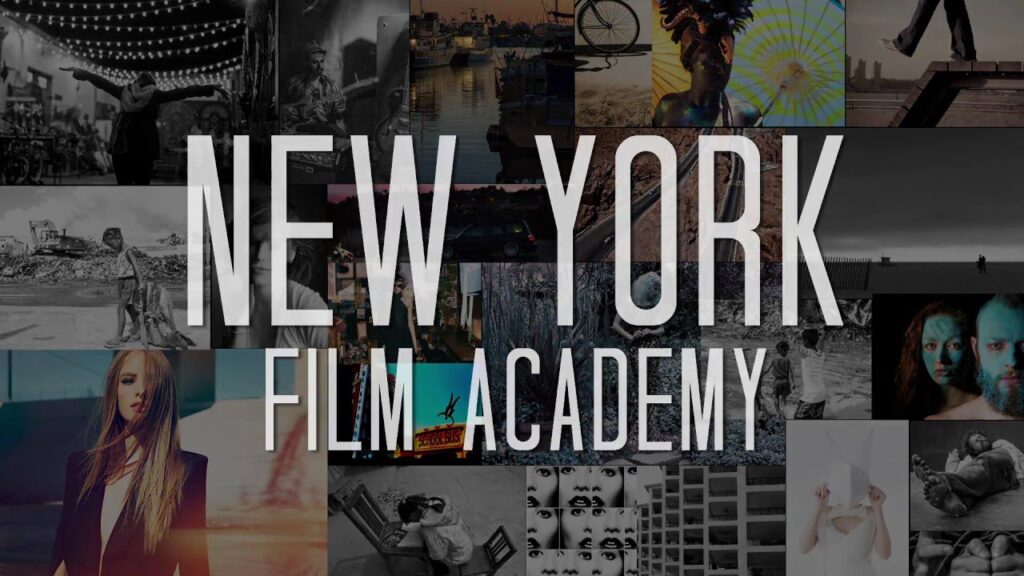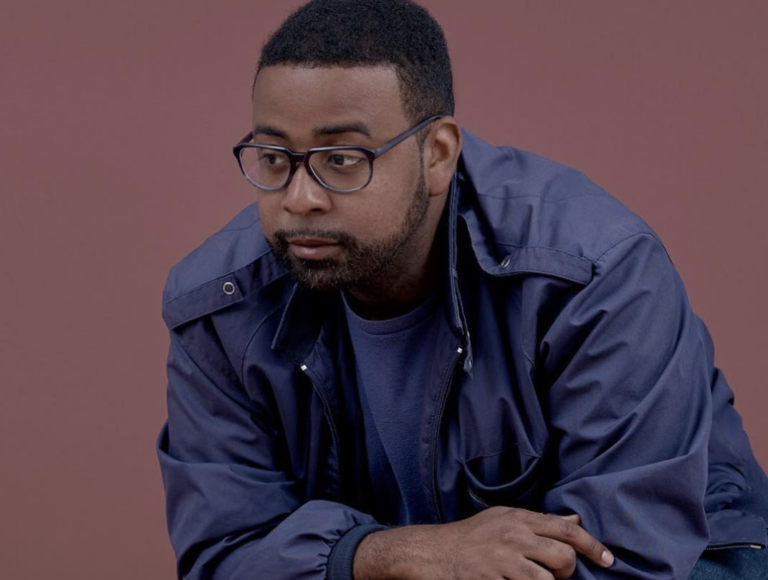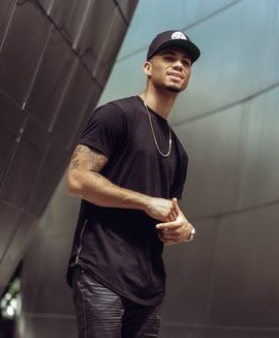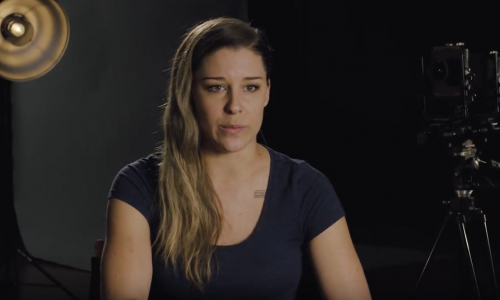Learn How to Become a Photographer
In NYFA’s 2-Year Photography Program, students gain advanced knowledge and skills in commercial, fine arts and documentary photography through hands-on projects. Students begin with the one-year program curriculum, completing projects and exercises designed to establish and refine fundamental skills. In the second year, students progress to more advanced topics, and receive training in the art, craft, and business of contemporary image-making.
The goal of the program is for students to understand photography’s visual language and aesthetic theories, and learn to incorporate these in their creative work. Students also learn to manage their brand as a photographer, and build advanced knowledge in Adobe Creative Suite, including Photoshop, Premiere Pro, and Lightroom.
Students that fully commit to the 2-Year Photography Program walk away with a strong set of skills and techniques, as well as a series of photographs and projects for a competitive portfolio. Upon graduation, students will earn a college credit-bearing Certificate. As students begin with the one-year curriculum, NYFA welcomes individuals with all levels of experience.
Faculty Highlights
Curriculum
The 2-Year Photography Program curriculum includes:
- Classes, coursework, and hands-on workshops in topics such as Lighting, Imaging, Printing, Darkroom, Personal Project Creation and Management, The Business of Photography, Self Promotion, and more
- Ongoing instruction and critique from NYFA photography instructors who actively work in the industry
- Experience working on a professional set
- A DSLR camera, as well as access to high-tech equipment
- Regular guest lectures with influential photographers, directors, cinematographers, producers, and more
To learn more, check out NYFA’s Course Catalog or request more information.
2-Year Photography Program
| Location | Program Start Date and End Date | Tuition |
|---|---|---|
| New York City | September 2, 2025 – December 15, 2026 January, 2026 – April, 2027 August, 2026 – December, 2027 | Fall 2025 Semester Tuition and Equipment & Technology FeeTuition:$24,007 Per Semester Equipment & Technology Fee:$1,301 Per Semester Wellness Services & Programming Fee:$95 Per Semester Program Duration: 4 Semesters |
| Los Angeles | September 2, 2025 – December 15, 2026 January, 2026 – April, 2027 August, 2026 – December, 2027 | Fall 2025 Semester Tuition and Equipment & Technology FeeTuition:$24,007 Per Semester Equipment & Technology Fee:$1,301 Per Semester Wellness Services & Programming Fee:$95 Per Semester Program Duration: 4 Semesters |
Please note: Equipment, curriculum, and projects are subject to change and may vary depending on location. Students should consult the most recently published campus catalog for the most up-to-date curriculum.




